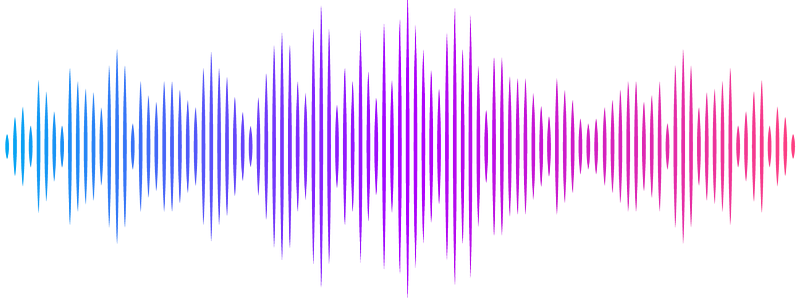Structure-Mechanics Principles and Mechanobiology of Fibrocartilage Pericellular Matrix: A Pivotal Role of Type V Collagen

Structure-Mechanics Principles and Mechanobiology of Fibrocartilage Pericellular Matrix: A Pivotal Role of Type V Collagen
Wang, C.; Fan, M.; Heo, S.-J.; Adams, S. M.; Li, T.; Liu, Y.; Li, Q.; Loebel, C.; Alisafaei, F.; Burdick, J. A.; Lu, X. L.; Birk, D. E.; Mauck, R. L.; Han, L.
AbstractThe pericellular matrix (PCM) is the immediate microniche surrounding resident cells in various tissue types, regulating matrix turnover, cell-matrix cross-talk and disease initiation. This study elucidated the structure-mechanical properties and mechanobiological functions of the PCM in fibrocartilage, a family of connective tissues that sustain complex tensile and compressive loads in vivo. Studying murine meniscus as the model tissue, we showed that fibrocartilage PCM contains thinner, random collagen fibrillar networks entrapping proteoglycans, a structure distinct from the densely packed, highly aligned collagen fibers in the bulk extracellular matrix (ECM). In comparison to the ECM, the PCM has lower modulus and greater isotropy, but shows similar relative viscoelastic properties. In Col5a1+/- meniscus, reduction of collagen V, a minor collagen localized in the PCM, results in aberrant fibril thickening with increased heterogeneity. Consequently, the PCM displays reduced modulus, loss of isotropy and faster viscoelastic relaxation. This disrupted PCM contributes to perturbed mechanotransduction of resident meniscal cells, as illustrated by demoted intracellular calcium signaling, as well as upregulated biosynthesis of lysyl oxidase and tenascin C. When cultured in vitro, Col5a1+/- meniscal cells synthesize weakened nascent PCM, which has inferior properties in protecting resident cells against applied tensile stretch. These findings underscore the PCM as a distinctive microstructure governing fibrocartilage mechanobiology, and highlight the pivotal role of collagen V in PCM function. Targeting the PCM or its molecular constituents holds promise for enhancing not only meniscus regeneration and osteoarthritis intervention, but also addressing various fibrocartilaginous tissues and associated diseases.


